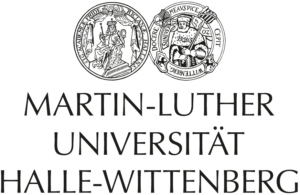Serine substitution in Amyloid-β – a possible link between β-Methylamino-L-alanine and Alzheimer’s disease?
In 1944 Guam was recaptured and fortified by US forces. Decades later soldiers that were stationed at Guam developed ALS-PDC (amyotrophic lateral sclerosis–parkinsonism/dementia complex) 50-100 times the incidence of ALS. Also Guam’s natives, the Chamorro, are plagued by severe neurodegenerative diseases. When looking for a possible cause for this phenomenon, scientists soon focused on the neurotoxin BMAA, found in cycad tree fruits, an important food source in Guam. BMAA is a non- proteinogenic amino acid produced by cyanobacteria that can be enriched via the food chain in plants, seafood and higher animals. This is a critical factor because cyanobacteria are known for their excessive blooms not only in marine ecosystems but also in lakes that are used as fresh water source for millions of people.
Although BMAA is known as a neurotoxin for several decades, its mode of action is still topic of controversial discussions. One of the more commonly accepted pathologic pathways is its function as a neurotransmitter mimetic where it can overstimulate glutamate receptors, deplete glutathione, increase free radical concentration and subsequently leads to neuronal damage. Besides this, BMAA can also be misincorporated in proteins. Recent findings showed that serine tRNA synthetase accepts BMAA as substrate which may finally lead to a serine-BMAA substitution.
Assuming that BMAA can substitute Ser8 or Ser26 of Amyloid-β, the question arises if this may alter Amyloid-β fibrillation and structure leading to a higher risk for neurodegenerative pathogenesis.
Location: Leipzig University, Linnestr. 5, SR 218, 04103 Leipzig Date and time: 21.02.2017 at 3.30pm




